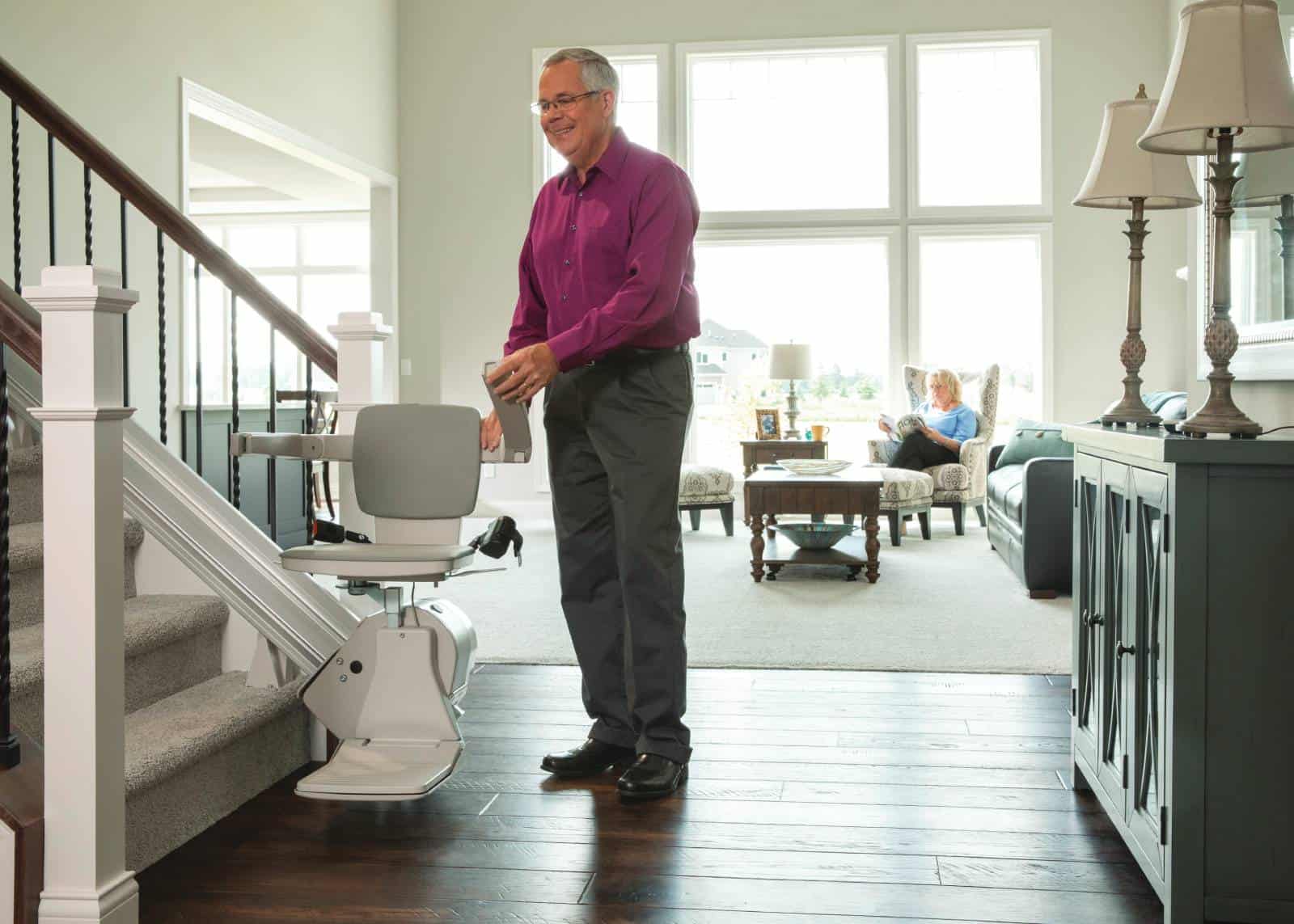It comes as no surprise that staying active is recommended to maintain health and longevity across your lifespan- but it is even more critical for those living with limiting disabilities to get regular and routine physical activity. The many benefits of exercise aside, failure to engage in some sort of regular physical regimen could cause complications and setbacks- including less mobility and accessibility over time.
It is estimated that around 15% of the global population live with some sort of disability- that is over a billion individuals afflicted. For many, everyday life can be made easier with mobility aids and devices– including engaging in a daily fitness regimen. Physical activity is not just important for those with physical limitations, but imperative.
Key Benefits
Exercise and movement, in general, are not just important but vital to preserving the mobility and range of motion that you currently possess. Surely, you have heard the old adage ‘if you don’t use it, you lose it’? This is made even more prophetic when trying to recover or bounce-back from a debilitating injury, illness, or operation. Some of the key benefits of physical activity for those with physical limitations and disabilities are:
Better overall health and wellness.
Exercise improves physical health and reduces the risk of many problems including diabetes, heart disease, cancer, arthritis, and high blood pressure.
Improved mental clarity and focus.
Deep breathing and getting the heartrate up can help provide a clarity and clear mind that is refreshing- and that allows you to better concentrate and focus.
Increase in Autonomy.
Regular activity can make you stronger and more confident- both building blocks of independence and autonomy.
Chance to Engage with Others.
Activity can provide a venue for engaging with others and socialization. This can be a way to meet like-minded people organically.
Chronic Pain Management.
Fitness can help reduce inflammation and swelling that could be contributing to chronic pain. Working up a sweat also releases feel-good endorphins in the brain which can alleviate discomfort.
If you are feeling pain or any discomfort during or after physical activity, reach out to your doctor or practitioner right away.
Forms of Fitness
So, how are you going to get active if you have physical limitations? Talk to your provider about mobility aids that could make this a feasibility. Lifts, chairs, and railings may be all that you need to safely engage in your favorite fitness quests. Some beneficial and low-impact activities to consider at any and all fitness levels include these suggestions:
- Swimming
- Water aerobics
- Hand cycling
- Walking
- Wheelchair sports
- Yoga
- Resistance and Strength training
These are some simple ways to stay active that can be utilized by those that can and cannot stand independently.
Mood, Motivation, and Mental Health
Perhaps the most overlooked benefit of activity is how it impacts mood and mental wellness. Physical exercise is vital to mood and motivation, both key in recovery and rehabilitation from injuries or surgeries, too. It is common for those living with physical disabilities or limitations to become isolative and depressed; regular activity can fight this and elevate mood. It can make you feel less fatigued and more inspired throughout the day. A brisk walk or quick workout can also increase productivity and give you a boost anytime.
Rehab and Recovery
Another key benefit and critical incentive for physical activity is the progress that it can facilitate in rehabilitation and recovery from injuries, accidents, and surgery. Maintaining any mobility and flexibility is key in making gains with physical therapy and occupational therapy regimens. These practices go hand-in-hand to set the patient up for the best chance of recovery- and least limitations- possible. The more active a patient is able to be during their recovery phase, the better chance of a positive prognosis and favorable outcome.
International Day for People with Disabilities
International Day of Persons with Disabilities in December is a great opportunity to observe and understand the role that physical activity plays in holistic health and wellness- especially for those living with disabilities. The theme for 2020 is ‘Not all Disabilities are Visible’, encompassing mental health issues, chronic pain conditions, and neurological disorders, brain injuries, and impairments that may not be visible to the naked eye.
For example, it is estimated that around 69 million people sustain Traumatic Brain Injuries (TBI) each year across the world. This is a type of disability that can be difficult to discern, but that impacts all areas of everyday life for those afflicted. Keep an open mind, be kind, and encourage activity whenever you get the chance!
If you are living with a physical disability and are ready to get moving, call on the team at Pacific Mobility; we are mobility professionals with decades of experience in mobility aids and equipment. Call for a comprehensive assessment and no-obligation consultation today.
President, Husband, Father, Grandfather Graduate of UC Davis- Bio Sci Major- Go Aggies! Jeff has extensive experience in all of Pacific Mobility’s products and services, and specializes in accessibility products as well as stairlifts, ceiling lifts and custom wheel chairs. His hobbies include spending time with family, gardening, mountain biking, exercising and off road motorcycle riding.
24 years as Owner/President of Pacific Mobility Center – selling, installing, and servicing stairlifts, porch lifts, ceiling lifts, pool lifts, handicap ramping, specialty wheelchairs, scooters, power wheel chairs, and other power mobility devices
Certified Environmental Access Consultant since 2008
Licensed General Contractor since 1998
Certified Aging in Place Specialist since 2016
Board Member for Home Access Professionals
Member of Association of Members of the Accessibility Equipment Industry (AEMA)




